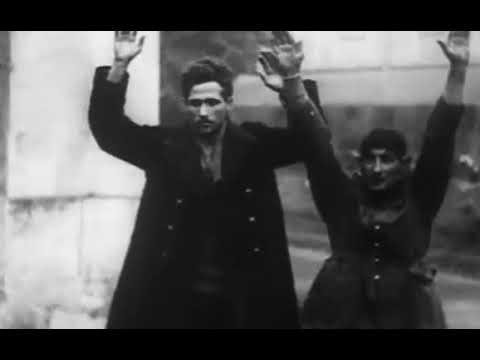As part of our Six Picks series, we asked Roger Deakins for documentaries that meant something to him. He gave us fifteen. Along with each recommendation is a comment about their inclusion.
Keep reading with a 7-day free trial
Subscribe to Nonfics to keep reading this post and get 7 days of free access to the full post archives.


